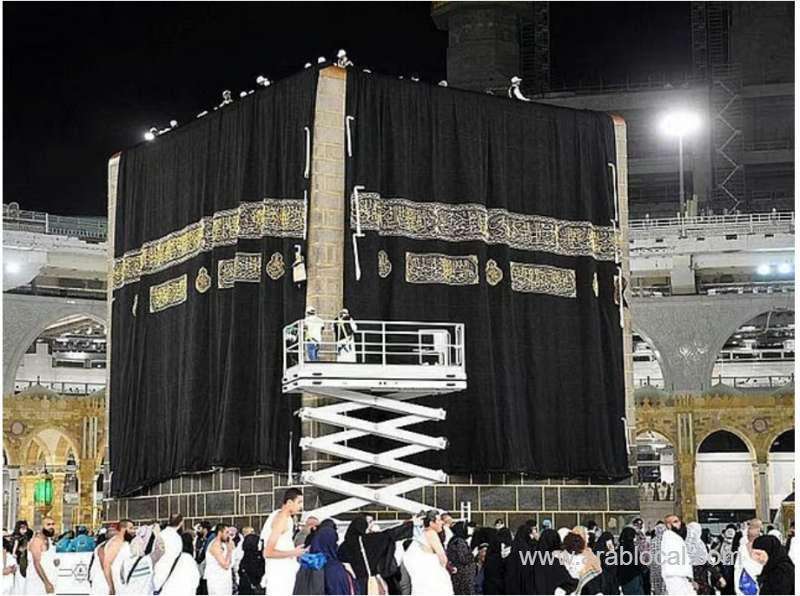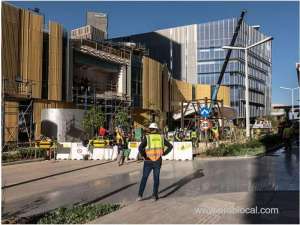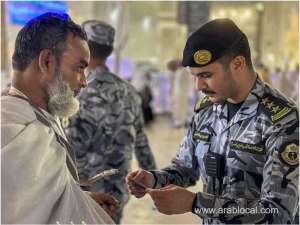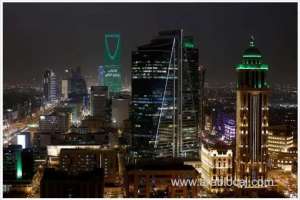The General Presidency for the Affairs of the Grand Mosque and the Prophet's Mosque will ceremonially replace the Kiswa the black silk covering of the Kaaba on Thursday, marking the beginning of Hijri year 1447. The new Kiswa, produced over 11 months at the King Abdulaziz Complex in Mecca, continues centuries-old Islamic traditions with precise craftsmanship and religious reverence.
New Kiswa Crafted with Reverence and Precision
The new Kiswa has been meticulously crafted at the King Abdulaziz Complex for Holy Kaaba Kiswah in the Umm Al Joud district of Mecca. It took nearly 11 months to complete and follows a sacred process involving seven main stages:
- Water purification
- Silk washing
- Black dyeing
- Weaving
- Geometric printing of Quranic verses
- Embroidery with silver and gold threads
- Final assembly and inspection
Exquisite Design of the New Kiswa
Composed of 47 intricately woven pieces of black silk, the new Kiswa features 68 embroidered Quranic verses. These verses are stitched using silver threads plated with 24-karat gold. The entire covering weighs around 1,415 kilograms, symbolizing both spiritual and artistic dedication.
Rituals of Kiswa Replacement
The removal of the previous Kiswa will commence on the 29th of Dhu Al Hijjah, immediately following the Asr prayer. The new Kiswa will be installed in the early hours of Muharram 1, aligning with the dawn of the Islamic new year.
Preserving the Legacy of Sacred Tradition
This annual event represents continuity in Islamic heritage and religious practices. The ceremonial replacement of the Kiswa is an emotionally powerful moment for Muslims around the world and demonstrates the Kingdom’s commitment to the care of the Two Holy Mosques.
Saudi Arabia’s commitment to sacred rituals can also be seen in other initiatives, such as launching multiple Hajj packages and introducing robots to assist worshippers in the Grand Mosque.
Conclusion
As Hijri year 1447 begins, the replacement of the Kaaba’s Kiswa reminds the Muslim world of the Kingdom’s dedication to preserving spiritual sanctity and honoring Islamic traditions. This visually striking and spiritually significant event continues to inspire awe and reverence globally.










